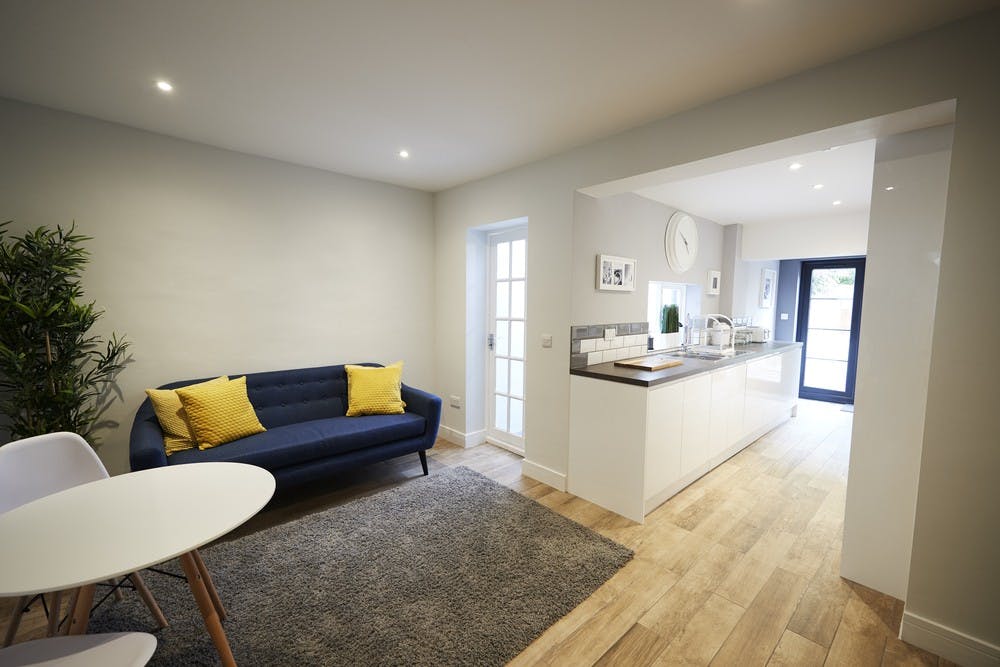Regarding fractional ownership investments, there's a common misconception that you need to be wealthy to get involved. But that's not always the case. Join us in today's investment discussion as we break down the cost of entry for fractional ownership investments.
We can also show you how you can get started today. Whether you're looking for a vacation home or an investment property, fractional shares can be a great way to get involved in the real estate market without breaking the bank. So what are you waiting for? Read on to learn more.
What Fractional Ownership Is and How It Works
Before we get into the cost of entry, let’s briefly discuss fractional ownership. Fractional ownership is when a group buys a property together and shares the usage and costs. This type of investment has become increasingly popular in recent years as it offers several benefits over traditional real estate investing, such as increased flexibility and diversification.
Different Types of Fractional Ownership
There are a few types of fractional share ownership. They are as follows:
- Equity Shares: Each group member owns an equal share of the property.
- Usage Shares: The property is divided into a certain number of usage points, and each person buys a specific number.
- Debt Shares: One person in the group buys the property outright and the others contribute to the mortgage payments.
- Hybrid Shares: A combination of the equity, usage, and debt shares.
- Points-based ownership: owners purchase certain points that can be used to book stays at multiple properties within a network.
Benefits of Fractional Ownership Investments
- There are many benefits to fractional ownership investments, which is likely why this type of investment has become so popular in recent years. Some of the top benefits include:
- Increased Flexibility: You're tied to one property with traditional real estate investing. With fractional ownership, you can own a share in multiple properties, giving you the flexibility to vacation where and when you want.
- Cost Savings: When you own a property outright, you're responsible for 100% of the costs associated with that property. But with fractional ownership, those costs are shared among all owners, making it more affordable.
- Reduced Risk: By spreading your investment across multiple properties, you can diversify your portfolio and reduce your overall risk.
What Does it Cost to Get Started with Fractional Ownership?
Now that we've answered the question "what is fractional ownership?" let's get into the cost of entry for these types of investments. The cost of entry will vary depending on a few factors, such as the type of property you're interested in and the location. But in general, you can expect to pay anywhere from $25,000 to $500,000 to get started with fractional ownership.
Of course, the cost of entry is just one aspect to consider when it comes to fractional ownership investments. You'll also need to factor in ongoing costs, such as maintenance fees and property taxes. But the good news is that these costs are often lower than they would be if you owned the property outright.
How to Get Started with Fractional Ownership Investments
If you're interested in fractional ownership investments, there are a few ways to get started. The first step is to decide what type of property you're interested in and where it's located. Once you've done that, you can search for fractional ownership opportunities that fit your budget and needs. There are a few different ways to find fractional ownership properties:
- Use an online search engine: A quick Google search will reveal several websites that list fractional ownership opportunities.
- Contact a fractional ownership broker: Some brokers specialize in fractional ownership investments. They can help you find the right property and answer any questions.
-
Check out fractional ownership resales: Like traditional real estate, you can sometimes find fractional ownership properties for sale on the secondary market.
Fractional Ownership Is Not a Timeshare
It's important to note that fractional ownership is not the same as a timeshare. With a timeshare, you're typically only able to use the property for a certain amount each year (usually one or two weeks). And while you do own a share of the property, you don't have any say in how it's managed.
With fractional ownership, on the other hand, you own a share of the property and have a say in how it's managed. You also have more flexibility when it comes to using the property. So if you're looking for an investment that will give you more control and flexibility, fractional ownership is worth considering.
The Bottom Line
Fractional ownership investments offer several benefits over traditional real estate investing, such as increased flexibility and cost savings. While the cost of entry can be higher than some other types of investments, it's important to remember that you're sharing those costs with other owners. So if you're interested in starting fractional ownership, there are many ways to do it.


